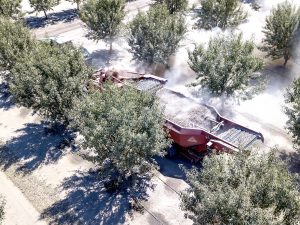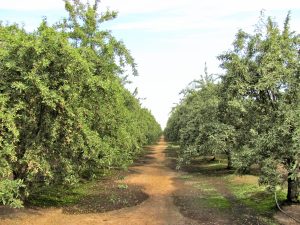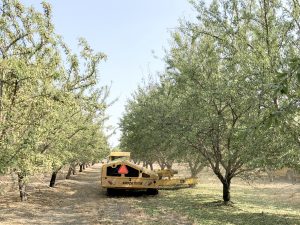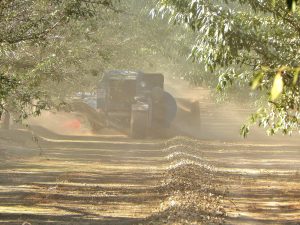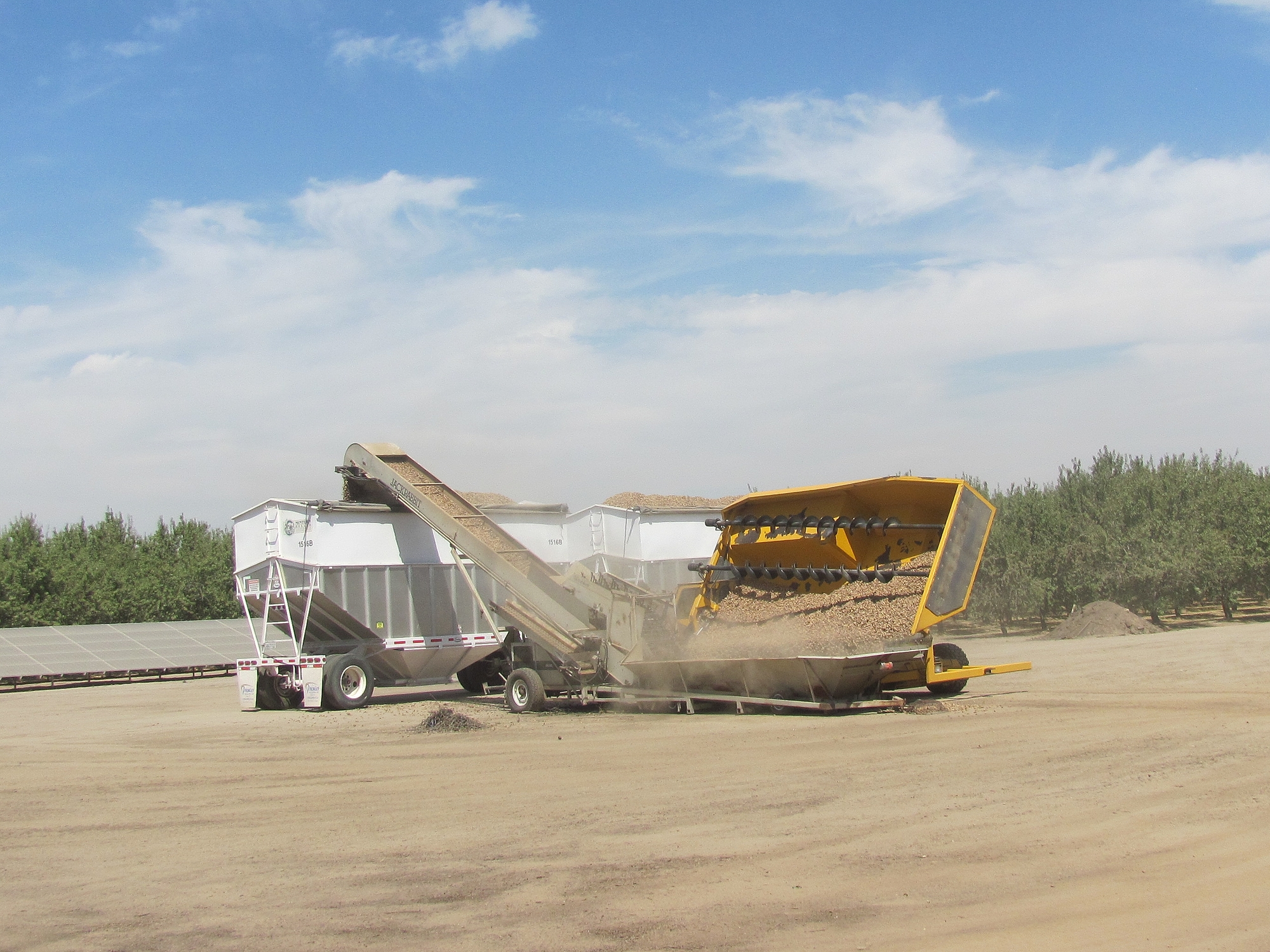
This report covers conditions and observations made between Monday, August 6 and Monday, September 3, 2018. The next scheduled report will be posted on Monday , October 1, 2018. In the event of any significant occurrences prior to that date, this site will be updated as soon as possible.
California’s wild fires continued to spew smoke across the Central Valley during August, becoming a dominant factor in the weather on the smokiest days. Daily maximum temperatures were reported at their highest values during the first half of the month, when readings ranged from the mid-90’s to just over 100 degrees. Conditions cooled significantly during the last two weeks of the month as temperatures dropped into the mid and upper 80’s to mid-90’s, casting a more fall-like feeling to the air. While on-shore breezes helped to clear much of the smoke in the latter half of the month, the deepening marine layer, which pushed high fog into areas of Yolo County in the Sacramento Valley on several mornings, also increased humidity levels in many areas. Morning lows during the period exhibited a bit more stability, with reading reported between the upper 50’s and lower 60’s in all areas of the valley.
Harvest operations are now fully underway throughout the Central Valley. Field operations have been hindered somewhat by the wide-ranging maturity evident in all areas, produced by the long bloom period and the hot conditions experienced during July. When combined with weather conditions during the period… heavy smoke, cooling temperatures and increased humidity, growers in all areas are reporting that they are letting their crops lay on the orchard floor a few extra days in an effort to deliver adequately dry product to the huller/shellers. Observers are reporting that the flow of product from the orchards has been delayed enough that huller/sheller managers have resorted to running previously stockpiled product in order to maintain their operations. Huller/sheller managers are also reporting that the variable maturity has provided them with challenging material. All areas are reporting that “green,” “rubbery” hulls have proven difficult to remove from the flow of material through the huller/sheller, resulting in higher than desirable foreign material levels in the finished product. This is particularly so for those producing inshell almonds.
As this report was being prepared, observers have noted that growers are working to get the last of the Nonpareil and Independence varieties on the ground. In the northern San Joaquin Valley, some with advanced plantings have also begun shaking early season pollinizers such as Price and Sonora. Meanwhile, in the southern San Joaquin Valley, growers have begun shaking Butte, Padre and California types as well as advanced examples of the late harvesting Monterey.
As noted in previous reports, growers and Pest Control Advisors, PCA’s, have been monitoring the orchards closely, tracking the development of the Navel Orange Worm, NOW in each orchard. Observers are reporting that thus far, reject levels are running lower than the excessively high levels experienced one year ago. To be sure, there are orchards experiencing undesirably high levels of damage. However, thus far, overall damage levels are better than in the 2017 crop. PCA’s and University Farm Advisors reported that NOW entered another period of egg laying during the third week of August. This could produce increased difficulties for varieties remaining to be shaken.
Growers are reporting widely varying yields, no doubt the result of the freezing conditions experienced during the bloom. Growers continue to irrigate their orchards, withholding water long enough to provide optimum conditions for shaking, then bringing water back to the orchards after the harvest to support the next variety. Some with drip irrigation have a bit more flexibility, as evident in the photo showing the harvest of Independence variety near Salida. Note that the irrigation system is running even as the harvester moves through the orchard. In Madera County, the Madera and Chowchilla Irrigation Districts have reached the end of their delivery season, leaving growers there to rely on their privately-owned deep wells to complete the growing season.
Harvest operations will continue at a steady pace through September and well into October for many growers throughout the Central Valley. All are hoping for dry conditions during the harvest in order to safely and quickly bring the crops in from the orchards.
By Mel Machado
Photos by Ernie Reichmuth, Mel Machado, Christine Ivory and Jereme Fromm

